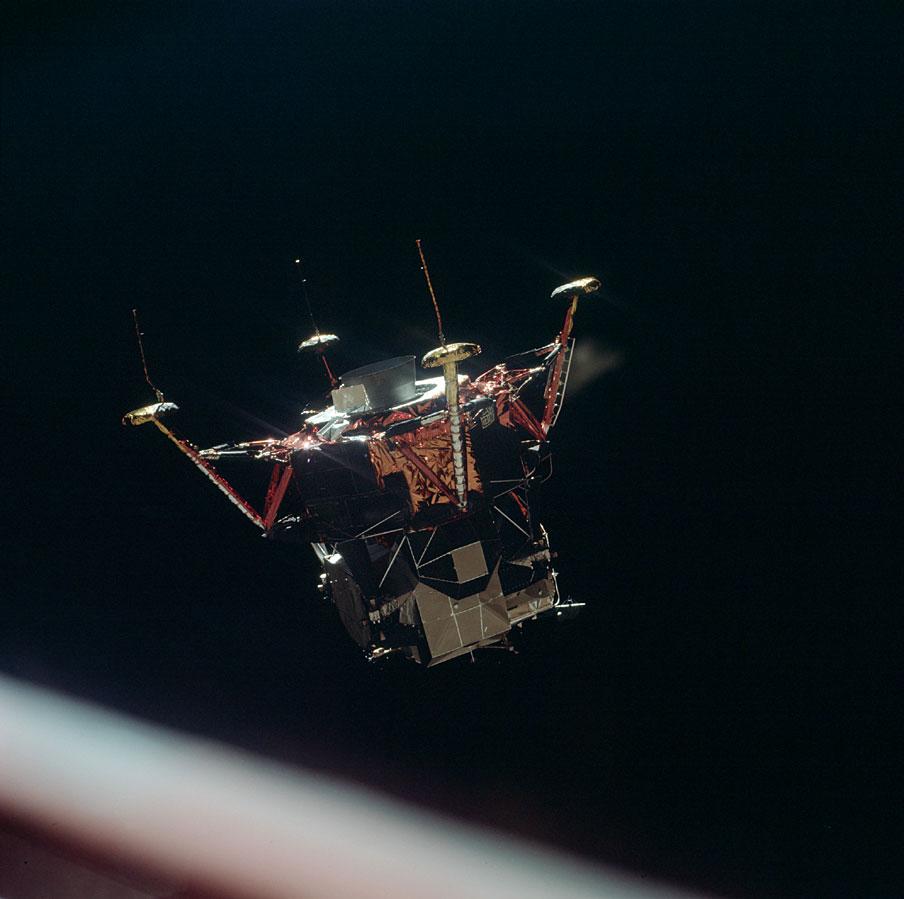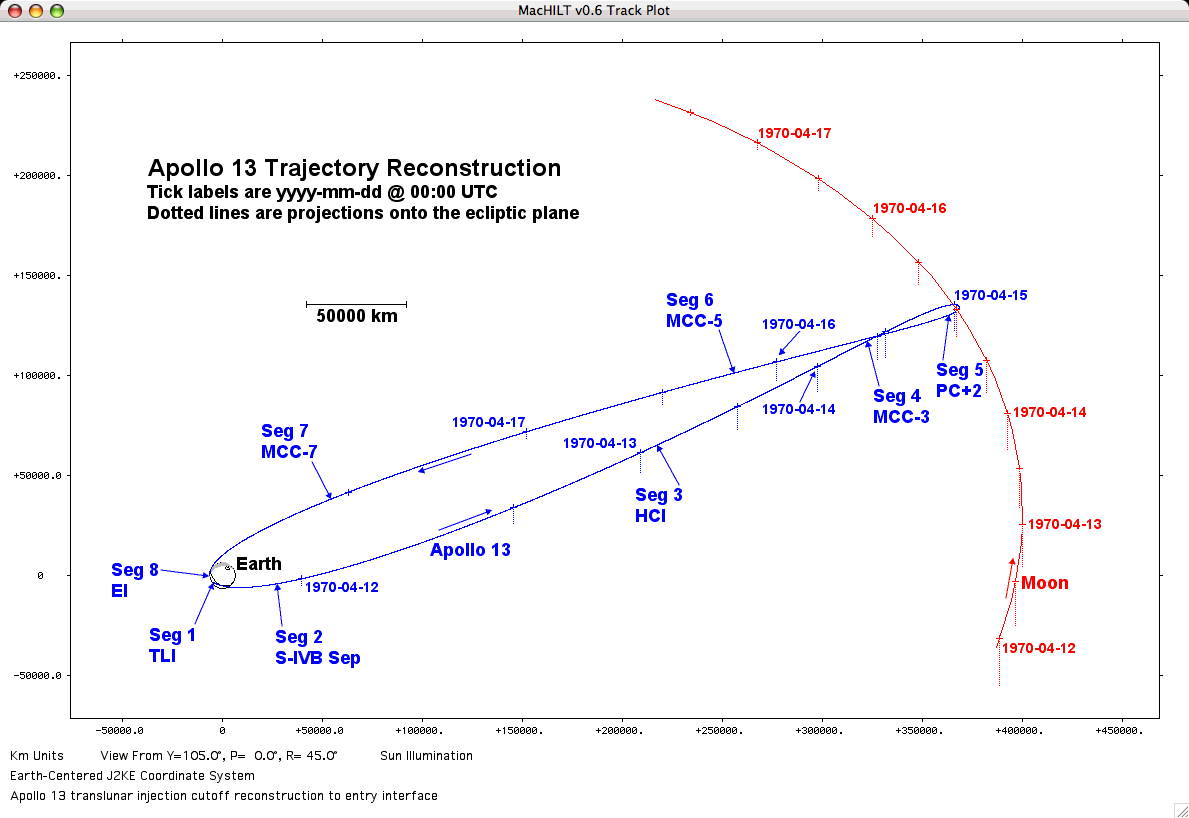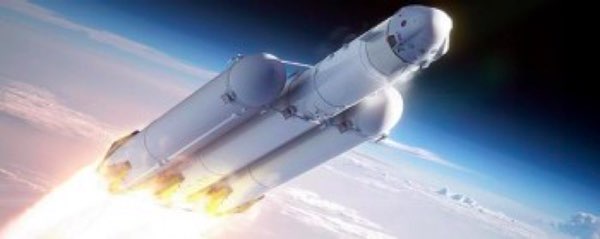The last time humanity ventured out of low Earth orbit (LEO) was in December 1972. The Apollo 17 mission, last in the series, took Gene Cernan, Jack Schmitt, and Ron Evans to the moon, where Cernan and Schmitt spent a little more than three days on the lunar surface. We have not been any farther above the Earth since then than the 335 mile orbit of the Hubble Space Telescope on several servicing missions. Now SpaceX and Elon Musk propose to send two people on a trip around the moon in late 2018, 46 years after Apollo 17.
It’s worth looking at the two missions to see the similarities and the differences, at what has changed (and what has not) in almost five decades.
The SpaceX mission does not involve a landing on the lunar surface, but rather a looping around the moon and returning home. The announced plans don’t even call for going into orbit. This lowers the hardware and fuel requirements considerably—no separate lander like the lunar module (below), and no extra fuel required to carry that lander all the way to the moon.

There is also no fuel required to slow the spacecraft down enough to put it into a lunar orbit, or to speed it up enough to take it out of orbit and return it to Earth. A spacecraft with two passengers has fewer life support requirements than the 3-person Apollo spacecraft. So the 2018 (or later, probably) mission will be considerably simpler than the Apollo missions of the late ‘60s and early ‘70s.
Have we ever had this kind of mission before—circling the moon without either landing or orbiting? Ironically, yes. The ill-fated Apollo 13 mission aborted on its way to the moon after an explosion destroyed much of their life support. To conserve the remaining oxygen and electrical power, they looped around the moon and returned to earth as fast as celestial mechanics would allow. The diagram below is to scale. According to Musk, the SpaceX mission will go much farther out into deep space beyond the moon, 300,000 to 400,000 miles from Earth. The moon is on average about 240,000 miles from Earth.

How about the rocket that will send them on their way? The Saturn 5 was, and still remains, the most powerful operational rocket ever built. To see it thunder away from its launch pad was a sight to behold.
Although there are several somewhat technical ways to measure the power of a rocket, one useful yardstick is the mass payload it can deliver to LEO. For the Saturn V, this was 155 tons.
The SpaceX rocket for this new mission has not yet flown in the configuration needed to get a crewed spacecraft to lunar space. The Falcon 9 Heavy consists of a Falcon 9 core with two strap-on boosters. This will be able to deliver 60 tons to LEO.

This image showing the two rockets to the same scale shows just how massive the Saturn V really was.
Since there is no intention of landing on the moon, the spacecraft only needs to provide crew quarters and life support. SpaceX has already sent uncrewed versions of its Dragon spacecraft to resupply the International Space Station, but this Dragon 2 upgrade is designed to carry a crew of up to seven persons.
I’ve been unable to find a lot of detailed information about the life support systems, but the Dragon spacecraft includes a “trunk” with solar cells for power that could certainly accommodate the necessary supplies.

The two persons involved approached SpaceX on their own, and reportedly offered up enough money to cover the costs. If they pass some health tests, their names will be announced. Money may not buy you happiness, but it surely can buy you an out of this world adventure!




Leave a Reply